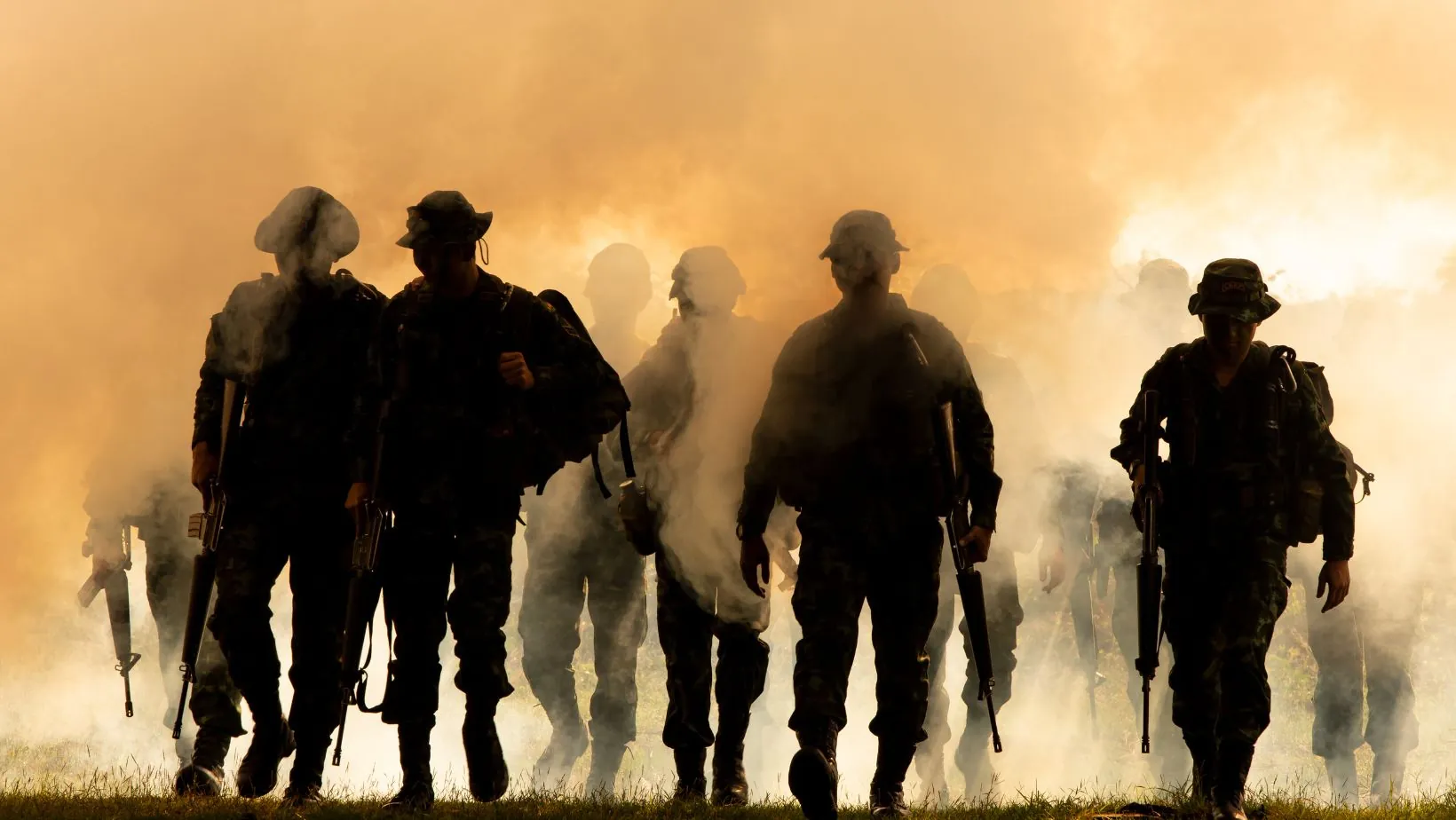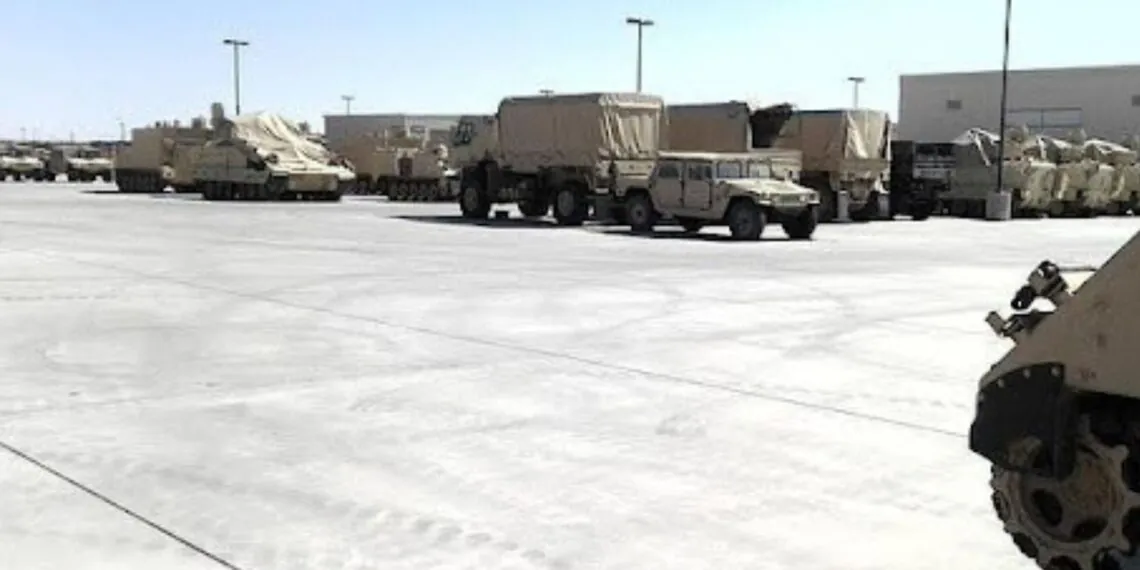Military strategy games have gotten sharper over the past decade, pulling more from real doctrine than they used to. Not a one-to-one copy, more like a remix that tries to keep things playable. Players want the full plate anyway, or close to it: squad control, logistics that matter, decisions that bite.
The U.S. Army Esports Team reports a 38% rise in interest for digital combat sims between 2018 and 2023, which sounds plausible given the market noise. Games that fold in a bit of reality tend to feel stickier. Even the online gates of olympus experience, though rooted in chance, hints at why unpredictability and quick adaptation keep people engaged.
Translating Real Combat Principles into Design
Designers borrow from actual tactics, then sand down the edges. Combined arms shows up everywhere, with infantry, armor, and artillery working in concert rather than as lone wolves. Combat Mission: Shock Force 2, released in 2020, leans into fire and maneuver, so suppression is not a nice-to-have but the thing that lets you move. Titles as varied as historical sims and flashier entries like Gates of Olympus show how much the market thrives on spectacle while still borrowing from military logistics.
Out that more than 80% of best-selling war strategy games now riff on defeat in detail, isolating and finishing parts of an enemy before the rest can help. Still, studios rarely lift procedures wholesale. They pare them back so players feel agency, not paperwork. Morale, command delay, all that friction, often hums beneath the surface, nudging choices without turning a match into a staff exercise.
Terrain, Weather, and the Value of Dynamic Environments
Movement and visibility decide more fights than flashy weapons do, at least that is the common lesson. Many top online strategy games, including gates of olympus environments, leverage advanced terrain simulation and dynamic weather. In practice, rain can slow an armored push, and fog trims the reach of long guns, which tracks with real-world headaches.
Analyst Perun on YouTube has said that about 68% of leading tactical releases since 2019 use live weather or terrain deformation, and that figure feels in the ballpark. These systems reward real habits, like slipping through trees for cover or easing around a corner to minimize exposure. Maps start to feel alive, sometimes unruly, which pushes players to adapt rather than memorize. It does not always click, but when it does, the pull is hard to ignore.

Distributed Teamwork and Artificial Intelligence
Once you add teams, the complexity jumps. Split command, partial information, roles that overlap or clash a little, it starts to resemble modern networked operations. War on the Rocks estimated that roughly 55% of military e-sports events in 2023 leaned into decentralized teamwork instead of linear command. Meanwhile, AI keeps getting trickier.
Smarter opponents that adjust mid-match prod humans to change tempo, try odd angles, abandon stale metas before they calcify. A 2024 Northrop Grumman white paper on simulations describes AI units that feint, that back off when pressed, that probe rather than charge. Not perfect, but good enough to make a player sweat.
Abstraction Versus Realism in Player Engagement
Total authenticity sounds noble, then drags. So designers abstract the heavy bits, like ammo resupply or command lag, to keep things moving. As Tomislav Uzelac puts it, the goal is to use real tactics as inspiration but only simulate what creates tension or interesting decisions. Most commercial titles shrink supply lines to a few icons or timed drains, which still teaches the right lesson.
Stretch too far and your flanks go thin. This push and pull between simulation and playability never really ends. Players will miss some systems entirely, yet they feel the results when a sudden squall ruins a long-range plan or when logistics throttle a fast advance. Sometimes restraint is the smartest design choice, knowing what to leave on the cutting-room floor.
Developers adapting real tactics to digital play walk a narrow path, constantly adjusting their footing. Honor the complexity without turning fun into homework, try not to flatten the chaos that gives battles texture. With lively environments, shared command, and careful abstraction, the experience can land somewhere satisfying. Not tidy, exactly, but close enough to Mastering Tactical Movement in Tight Urban Environments to keep people coming back.







